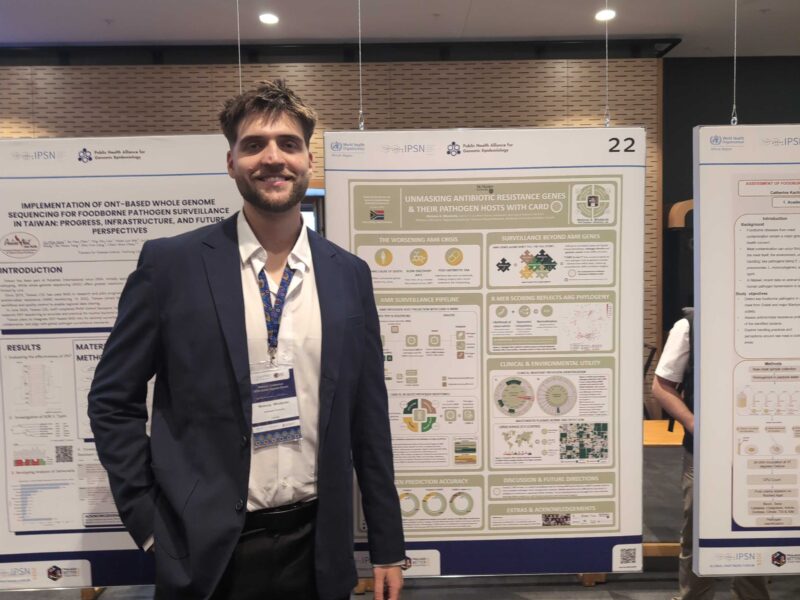 Ashley M. Rooney, Amogelang R. Raphenya, Roberto G. Melano, Christine Seah, Noelle R. Yee, Derek R. MacFadden, Andrew G. McArthur, Pierre H.H. Schneeberger, Bryan Coburn. 2021. bioRxiv 10.1101/2021.06.25.449921v1
Ashley M. Rooney, Amogelang R. Raphenya, Roberto G. Melano, Christine Seah, Noelle R. Yee, Derek R. MacFadden, Andrew G. McArthur, Pierre H.H. Schneeberger, Bryan Coburn. 2021. bioRxiv 10.1101/2021.06.25.449921v1
Short-read sequencing provides a culture-independent method for the detection of antimicrobial resistance (AMR) genes from single bacterial genomes and metagenomic samples. However, the performance characteristics of these approaches have not been systematically characterized. We compared assembly- and read-based approaches to determine sensitivity, positive predictive value, and sequencing limits of detection required for AMR gene detection in an ST38 isolate spiked into a synthetic microbial community at varying abundances. Using an assembly-based method the limit of detection was 15X genome coverage. We are confident in AMR gene detection at target relative abundances of 100% to 1%, where a target abundance of 1% would require assembly of approximately 30 million reads to achieve 15X target coverage. Recent studies assessing AMR gene content in metagenomic samples may be inadequately sequenced to achieve high sensitivity. Our study informs future sequencing projects and analytical strategies for genomic and metagenomic AMR gene detection.

